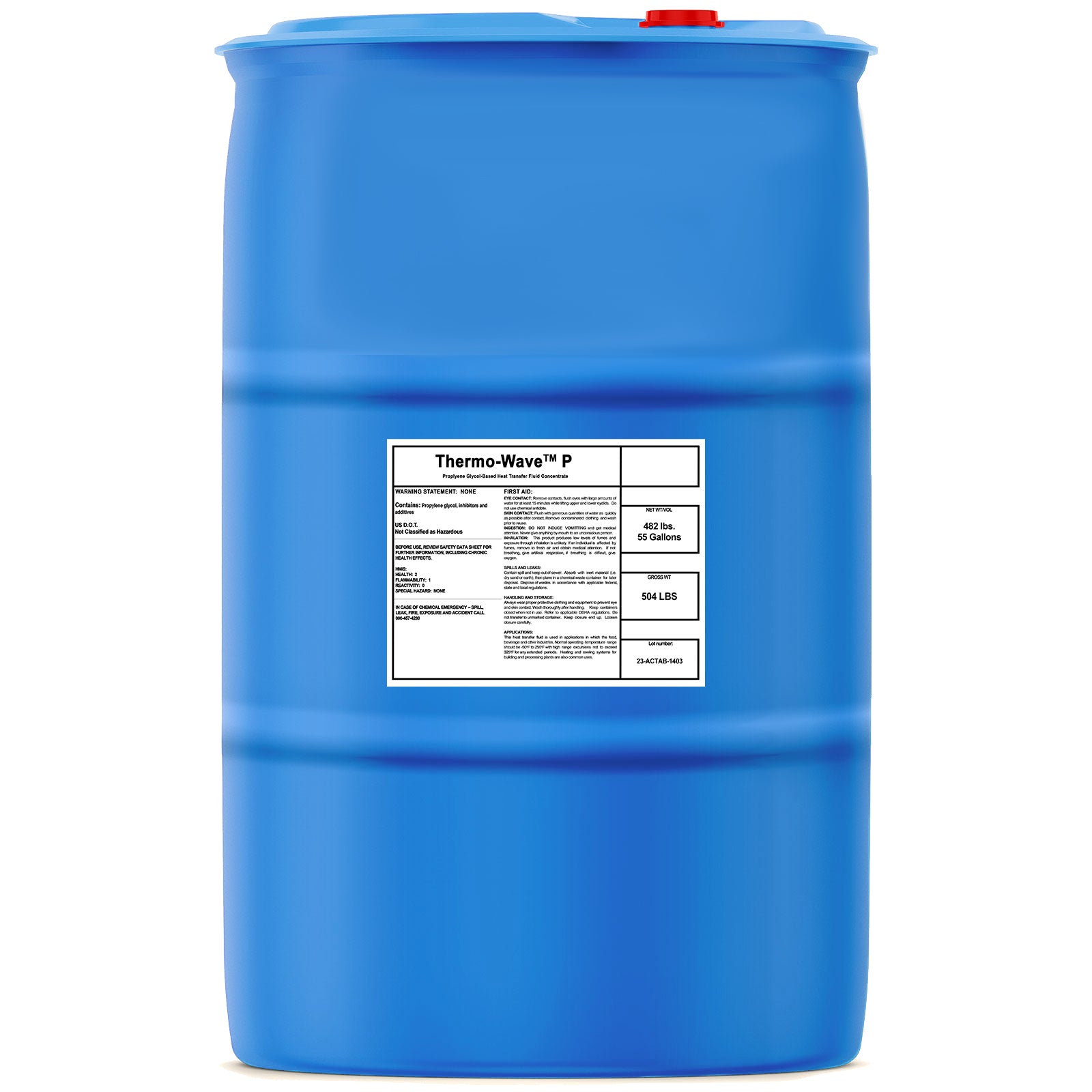How Heat Transfer Fluid Impacts the Effectiveness of A/c Solutions
How Heat Transfer Fluid Impacts the Effectiveness of A/c Solutions
Blog Article
Why Warmth Transfer Liquid Is Necessary for Optimizing Power Transfer in Equipment
The role of heat transfer fluids in enhancing power transfer is critical for accomplishing reliable thermal monitoring throughout various industrial industries. These liquids help with seamless heat exchange, making certain processes operate within ideal temperature arrays and mitigating the danger of overheating. Their choice, based upon variables like thickness and thermal security, directly influences the efficiency and sustainability of a system. Nonetheless, the intricacies of choosing the right fluid are typically underestimated. What are the vital factors to consider for this choice, and exactly how do they impact both economic efficiency and ecological obligation in commercial applications?

Function in Thermal Administration
Warmth transfer fluids play an essential duty in thermal management by efficiently managing temperatures in different industrial procedures and systems. These specialized liquids help with the transfer of warm between different components, making certain ideal operating conditions and preventing overheating. By keeping exact temperature level control, warm transfer fluids enable sectors such as chemical production, oil and gas, and power generation to operate safely and efficiently.
The option of an ideal warm transfer fluid relies on a number of elements, including thermal stability, warmth capability, and viscosity. High thermal stability ensures that the liquid can stand up to extreme temperature levels without weakening, while a high warm capacity enables it to soak up and release significant amounts of warmth - heat transfer fluid. Low thickness minimizes the power required for pumping, adding to overall system performance
Additionally, warmth transfer fluids are important in applications like refrigeration, where they help take in and dissipate warmth during the cooling cycle. In solar thermal power systems, these fluids capture and transportation solar heat to produce electrical energy or provide warm water. Their flexibility to varied operating problems and ability to preserve regular thermal performance emphasize their importance in commercial thermal management, facilitating functional continuity and improving security steps.

Enhancing System Effectiveness
To make the most of the advantages of thermal administration, boosting system effectiveness via the calculated use warm transfer liquids is critical. These fluids play a crucial duty in maximizing energy transfer by assisting in consistent thermal guideline, which subsequently affects the total performance and longevity of systems. Reliable heat transfer causes lessened energy losses, minimized functional costs, and improved integrity of equipment. By preserving optimum temperature level levels, warm transfer fluids aid ensure that systems operate within their designed specifications, consequently preventing overheating and minimizing the threat of part failing.

Kinds Of Warmth Transfer Liquids
The variety of warm transfer fluids underscores their important function in a variety of commercial applications, each customized to meet details thermal monitoring demands. These fluids facilitate efficient power transfer and are chosen based on key properties such as thermal security, thickness, and warmth ability. The main types consist of water, glycol remedies, oils, and synthetics, each offering unique advantages.
Water is the most usual warmth transfer tool because of its high specific warmth capability and affordable. Its usage is limited by its freezing and steaming points. Glycol combinations, commonly used in cooling and heating systems, provide a lower cold point, adding adaptability in numerous environments. Mineral Read More Here oils are favored for their thermal stability and non-corrosive nature, making them appropriate for high-temperature applications.

Artificial liquids, including silicone and fragrant compounds, offer exceptional thermal stability and are utilized in this atmospheres requiring severe temperature level ranges. These liquids ensure exceptional efficiency in systems where typical liquids may fall short. The choice of a heat transfer fluid is vital, as it affects system effectiveness, safety, and longevity. Each type should be selected to straighten with the functional needs and the details problems of the application it offers.
Environmental and Economic Perks
Utilizing the best heat transfer liquids supplies considerable environmental and economic benefits for industrial procedures. Ecologically pleasant warmth transfer fluids, frequently biodegradable and non-toxic, decrease the danger of dirt and water contamination in the event of leakages or spills, thereby safeguarding ecosystems and conforming with stringent environmental laws.
Economically, the right warmth transfer liquid can significantly lower operational expenses. Liquids with extensive lifecycle performance reduce the frequency of substitutes and upkeep, lowering downtime and connected expenses. In general, the strategic usage of optimum warmth transfer fluids supports lasting financial growth and ecological stewardship.
Choosing the Right Liquid
Just how does one navigate the intricate process of picking the best warmth transfer fluid for commercial applications? Selecting the ideal liquid is vital, as it directly influences system efficiency, security, and operational expenses. Trick considerations include thermal stability, compatibility with system products, and running temperature range. Thermal stability makes certain the fluid can hold up against heats without weakening, while compatibility avoids deterioration or other damaging responses with system components. The operating temperature array should line up with the system's needs to maintain performance and durability - heat transfer fluid.
In addition, the liquid's warmth capacity and thickness are extremely important. A high heat capability enables the liquid to soak up and move even more power, boosting efficiency. Meanwhile, optimal viscosity guarantees find more information very little pump job and reliable warmth transfer, specifically in differing temperature levels. Environmental and security aspects should also become part of the decision-making process. Safe, biodegradable fluids lower ecological effect and follow regulatory standards, minimizing responsibility threats.
Verdict
The critical option and application of warm transfer liquids are fundamental to optimizing energy transfer throughout numerous systems. By making sure high thermal stability and ability, these fluids provide exact temperature level control and boost overall system effectiveness.
Report this page